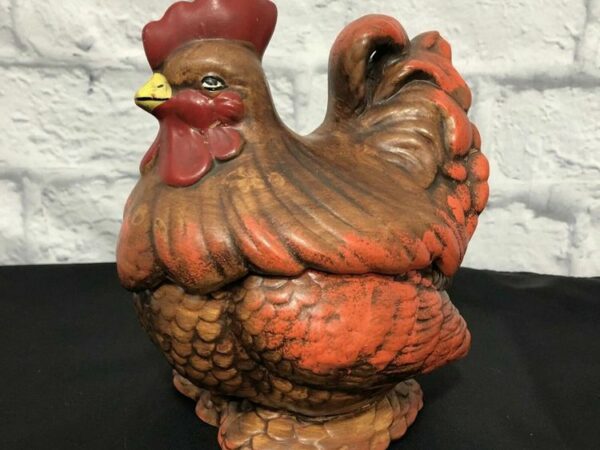We have all been involved with Iron one way or the other every day of our lives. Our Spoons, Forks, Knives, Jewelry, Hotcombs or Curlers, nails, Refrigerators, Stoves, sewing machines, decor on shoes and clothes like Uniforms, Hospital equipment like the stethoscope, and even your ever beloved electric Toothbrush.
But have you ever sat–or stood– to think about how this essential item came to be? Say throwback to how it was formed, when it was discovered, or what elements it contains?
What if I told you that this essential component of this beautiful nature is most likely found in almost any kind of metallic products you can find around you, either in form of steel or brass as found in electrical ropes or cords.
There is a lot to talk about, but in this article, we will be focusing on The Old Days. Mainly about Antique and Vintage Irons(Pressing Irons).
Let us start with how these Irons came to exist.
Table of Contents
History behind antique and vintage irons
Now there is no specific information about the exact date Pressing of clothes began but Legend has it that the Chinese were the first set of people to ever think of trying out the usage of Iron to press clothes about a thousand years ago.
They would fill up Metal Pans with hot coals thereby transferring heat into the clothes in form of a silk press.
These Irons were made from Cast Irons. According to an online source, it’s said to be produced from Pure Iron Alloys containing less than 5 percent of Carbon and also contains some elements of manganese, Silicon, and Impurities such as Phosphorus and Sulfur In traces.
This brings about Ferrous Metallurgy. Tools and Weapons from the Iron Age(The Iron Age is known as the time where Humans lived and were dependent on the usage of Iron for all they did. Backdated around 1200BC and 600 BC right after the Stone and Bronze Age) were made from Ferrous metallurgy which is mostly produced from Carbon Steel which in turn was made by smelting Iron.
One typical Characteristic of the Iron Age was the mass production of tools and weapons from Steel(Alloy) with Carbon content having a weight range of 0.30% -1.2%. Thereby causing Ferrous Metallurgy.
You can read more about the term through this link.
Antique Irons were recorded to be in use by people from northern Europe in the early 1300s, then in Italy, France, and eventually the U.S. right around the late 1800s to early 1900s after the introduction and discovery of Metal Irons.
Various kinds of Flat Irons were produced as time went by.
The Flat Iron was a piece of metal attached to a metal handle and worked by placing the flat piece over a stove of burning flames and then after it’s sufficiently heated up, it’s picked up with a cloth or insulated gloves and transported to a piece of clothing to straighten out wrinkles.
After this flat iron was introduced, other forms of irons were invented to improve the quality and efficiency of work. Other countries involved with the same inventories include Indonesia, France, and India.
Some of these Antique and Vintage Irons were discovered as far back as the early 1700s as time has it, others around 400 BC.
This is why it was initially stated that there is no specific precision about the exact date or timeframe these Irons were discovered.
Many Archaeologists and Antique Iron collectors have their version of the time and day they were discovered. But they all zero down to the 1800s and middle 19th century.
Classification of antique and vintage irons

When we talk about the classifications, You want to know what makes these Irons what they are and how to separate one from the other.
This starts with the real difference between the Antique Irons and the Vintage Irons.
Antique Irons are simply the type of Irons that fall into the category of inventories backdated to a hundred years of age, or older. That is, they are the sets of Irons that are aged between the early 1800s and early 1900s.
Vintage Irons, on the other hand, is relatively younger than the Antiques. This means that they are the set of Irons that were made at least forty years ago. Basically within the range of 1918 to 1978. The Middle 19th Century.
Some examples of Antique Irons, in this case, are the Legendary Flat Irons, Goose Irons, and the Box or Charcoal Iron. While examples of the Vintage Iron are the Electric Iron which was invented by an American man named HENRY W SEELEY in 1882 and the Steam Iron in the mid-1920s which in its case was invented by a laundering company Called the ELDEC COMPANY.
Now with these two classes coming into Clarity, we can go into the kinds of flat irons that evolved as time went by into the modern world.
Note that these Irons come in different sizes and shapes and each of them is also known for the specific type and work they do.
These Irons are Classified into their respective areas according to the timeframe which is simplified below in a table format.
| TIME FRAME | ANTIQUE IRONS | VINTAGE IRONS |
| 17th Century | Flat/Sad Irons | NIL |
| The 1870s– Early 1900s | Goose/Tailor’s Goose | First Electric Flat Iron |
| Charcoal Pan Iron and Multiple other Kinds of Irons | NIL | |
| 19th Century | Antique French Cast Irons | Vintage Electric Irons |
| The 1920s | NIL | Steam Irons |
| The 1950s | NIL | French Vintage Irons |
| The early 2000s till Date | NIL | Latest Clothing Irons |
Note that this is an overview of the simplest means of classification for various timeframes.
Other types of Irons discovered or invented were produced within the time frame stated above.
A YouTube Video based on the Classification of Irons produced during these times was thoroughly explained by an Antique Iron Collector.
Click here to watch the video.
External links for more clarification on the classification of The Antique and Vintage Irons are included down below.
https://www.starletcleaning.co.uk/other/the-history-of-ironing/
https://www.ukessays.com/essays/engineering/history-development-clothes-irons-2029.php
IDENTIFICATION AND RECOGNITION OF ANTIQUE IRONS
Antiques are known to be materials made about a hundred years ago, or Older. That is far back as the 1800s to the early 1900s.
How is it possible that the time and dates of these items can be made known to mankind?
What if you found them in a dumpster? You grew up with this artifact in your home as a decoration. Or they were just lying around in the basement, attic, or backyard. You were given it as a gift Or maybe you came across one of these in an auction sale or an art exhibition.
And they are known to be such interesting pieces!
Now you’ve picked it up and you’re interested in making research on them because you like their designs or you want to buy them at that point but there is only a little time before it’s sold out at the auction.
What are the tips and signs you should know that will enable you to identify if it is as authentic as it looks or if it is just some random piece that looks archaic?
These items have their unique ways of being identified and referred back to specific dates or periods.
Some might have writings inscribed on the metal while it was formed, others could have a symbol on them to represent the company where they were produced.
In the Case of Antique Irons, these unique pieces have several markings and characteristics for each type to represent the country where they are Produced, the year of production, the weight and also unique specifications, and what they are used for.
How do you know an Antique Iron when you see one?
An Antique Iron is most descriptive as a flat or smooth piece of metal that is being smoldered into a portable structure that is attached to a metallic handle used for the smoothening of rumpled clothes and Fabrics after it is placed on burning flames or a hot stove to gain a substantial amount of heat for the ironing process.
You should check for the following when examining an Antique Iron:
— Observe its Features:
Pick up the Item and look closely. Does it look old? Does it have little cracks on the edges or is it smooth? Does it have a little feel of rust on its body? What is the Handle made of? Is it Metallic or Wooden?
Getting one or two of these features should serve as a starting track for you to predict the age of the Iron you’re holding.
— Check for Inscriptions
Look around for writings or marks on the body of the Iron. Check the base, Underneath or the neck in between the handle and the Flat Iron.
The writings you see will mean something tangible. Like the year it was made, the weight of the piece, the name of the company, or the country it is from. There might also be some peculiar designs that represent the culture or group of people in a small community.
For example, some Irons that were produced in China were represented by the dragon designs to show the beauty of their culture and also to describe the mechanism of how the Ironworks.
Another example is the Box Iron which was produced around 1847. This Iron was made to look More fancy and customized than the Belgium Iron which is typically the same but the Box Iron comes in sets where chunks of Iron are transferred and packaged together in sets of Three and Five.
Here is a typical example of Inscriptions on an antique cast Iron Sad Iron produced in the 19th century which reads the type number (No. 2) and the company where it was produced.
An example of a company that produced the antique Cast Irons is the Griswold Cast Iron.
What kind of Design does the Handle have?
Some Flat irons are made with the Handle to be detachable from the body in other for it to cool down while the base is heated up in the fire, some are made with Asbestos infused in between the base and handle to serve as a Hat Insulator and also come with an Asbestos Mat to place the hit Iron upon to avoid burning the bare surface.
Others happen to come with a wooden Handle instead.
There’s a particular type of Iron called the Mrs.Potts Sad Iron.
Picture from Ebay.co.uk and Museum Mass Collection
It was invented by an American Businesswoman named Mrs. Mary Florence Potts. Mrs. Potts made her very first set of Sad Irons at 19 years of age to improve on the Ready-made Sad Irons that were already in Existence.
These were made at the time of the late 1800s and 1900s. The year 1871, to be precise.
It contained a set of Irons with A wooden coal handle, that is, a Threader, and a Set of 3-5 Slugs of Irons. It also contained a Waxer containing pure wax which was used to wax the Iron to help with antirust.
NOTE: Sad Irons of the 19th Century were named SAD because of their weight. They were very Heavy. An average Sad Iron weighed Five to Nine Pounds. Now That is a lot of pounds for an Iron, don’t you think?
These tips should help you to easily identify Antique and Vintage Irons when you see them.
If you are not still sure about how to confirm if your item is archaic or not, try giving an expert in the Archaic business, Preferably An archaeologist or an Antique Collector. It can also be Someone who just happens to have a knack for Old Items and has picked up great interest in them too.
They should help you get your opinions right.
Further recognition of the types of antique irons
There were so many types of irons that were produced during the Flat Iron Period. Ranging from different parts of the world to Smaller communities in a country, down to each Household.
The Flat/Sad Irons was a necessary item that is a must-have for each Household.
They were thereby produced in different forms.
Here are a few of the Irons with their specific purposes:
The French Iron
This iron was initially made to heat up faster. They were the Ethanol-based kinds that were designed to heat up when filled with Alcohol/Ethanol and then place on the stove to speed up the healing process.
The Meta-Fuel Iron
This was made mainly for traveling Purposes. It works by Burning Fuel in a tank to transfer heat.
The Gaslighter Iron
This works by transferring heat to the Iron in form of Gas with a knob / Rotator attached to the back of the Iron to regulate the heat while it is in use. Another way of speeding up the Heating Process.
The Belgium Box/Slug Iron
This is used by transferring Slugs or Chunks Of Iron heated up in flames ad putting them in the case to heat the iron up. This Box iron comes in the set so that while one is in usage, the other would be heating up readily on the stove and thereby forms a Circular rotation.
The Child-Iron Size
This is specially made for children learning to Iron at a very young age.
Mostly with the Age range of 8 Years. It is also used for delicate Fabrics.
The Cap Iron
This is Simply made for Caps or Hats. They work hand in hand with the Brim Iron.
The Brim Iron
It is a Curve shaped Iron that is specifically designed to go round the edges of Round Hats.
The Swan Iron
This Iron is shaped in the form of a Swan. It also has a Steam Iron shaped as a Swan as well and it pits steam out of the box to the clothes.
The Tailors Goose Iron
This type of iron was mainly known and used in Scotland. It had a characteristic feature of a gooseneck Curve carved on the neck of its handles which led to the name given above.
The Removable Iron
This comes in sets of Three and Five, mainly in Different weights and sizes thereby providing flexibility when in Usage.
The Rod Iron Base
This is an uncommon Iron that is also Alcohol heated, contains a Shaker in the box, and is characterized by making noise while Ironing. It is also known as the Slave Iron.
The Pan Iron
This is known as the Silk Iron and it was commonly used by the Chinese for Silks and Garments. It also has a mini size which is the 3-Dimensional Pan Iron used for creating 3D leaves also used to design Silks and Garments.
The smallest size of these Antique Irons is the Miniature Mrs. Potts Iron while the largest is the Egyptian 40-pound Foot Iron.
This 40-pound Foot Iron is used by placing a foot on the iron and moving it around the fabrics.
Values of the antiques and vintage irons
It’s interesting to see how These Irons have great values regarding how old they are and how scarce they might be in the modernized world. Thereby making them profitable treasures to anyone who happens to possess them.
To determine the value of an antique, we need to consider the qualities and the features of the item.
These features and qualities must include the age of the item, the type of iron used, the components of that iron, how efficient it is, and also its durability.
Well obviously, the Antique Irons are very strong and durable regardless of their age and size. Antique and Vintage Iron are very old artifacts that should not be forgotten or overlooked because it marks a significant time in the history of Human Growth and Development.
This is why Museums are set up to keep these Valuables in safety.
The regular Flat/Sad Iron and some other Types are rated to be worth $10 to $15 each which is a bit below the market worth.
As of 2020, the swan iron is said to be around $75 each making it a great value in the possession of the owner or collector.
Various sites have different prices on their sales.
For instance, On this particular Site, Mrs. Potts’s Sad Irons are worth $100 while Slugs(Chunks of Iron) can be sold for less than $10.
Where can you get these items?
The antique Irons are beautiful items that can be used as a piece of decor in your household if not used for their specific purpose.
Fortunately, there are Online sites such as eBay, Amazon.com, Etsy, or relative sites on Pinterest too (Click on the link to direct you to the exact sites where you would find these items).
You can find antique Irons and other items in this antique online store which is situated in the UK. It’s known as the largest Antique website Store.
Check out their website here
If you also want to read more about Antique and Vintage Irons, or you have some questions that happen to be unanswered, Here is a Book written by Kathryn McNerney titled, Antique Iron: Identification and Values.
Click on the link to order directly from Amazon.
It takes just a few minutes and less stress to order from these sites.
Online sites are great for Historic Artifacts and the favorable part is that you can have your order delivered to you within a specific period. Whether it is in a week, 14 days, or a month.
Now there you have it, I’m sure you were able to learn a lot more about antique and Vintage Irons. I know I did learn a lot.
So when you see an archaic piece anyway, you should be able to identify or recognize if it is an Iron or not. Good luck.






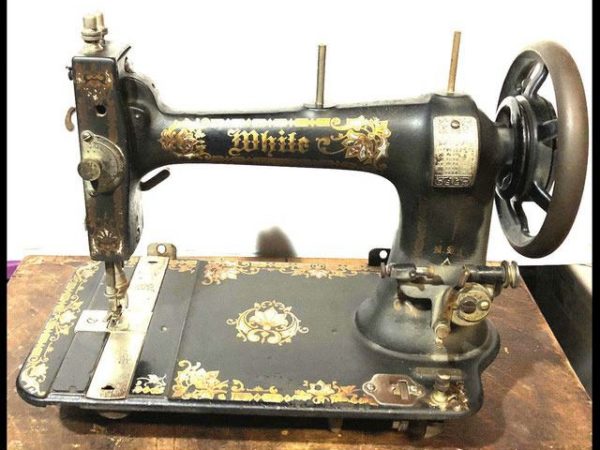

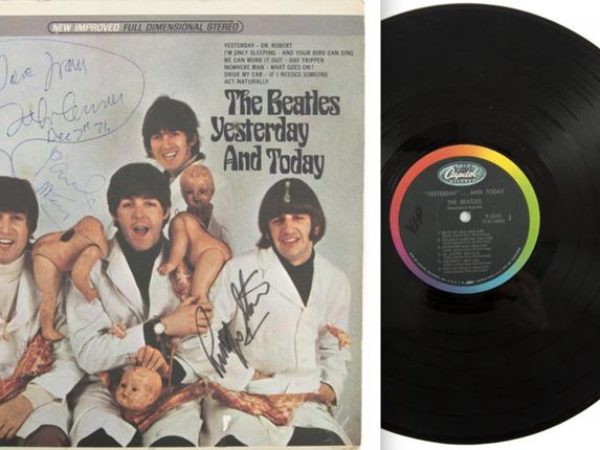

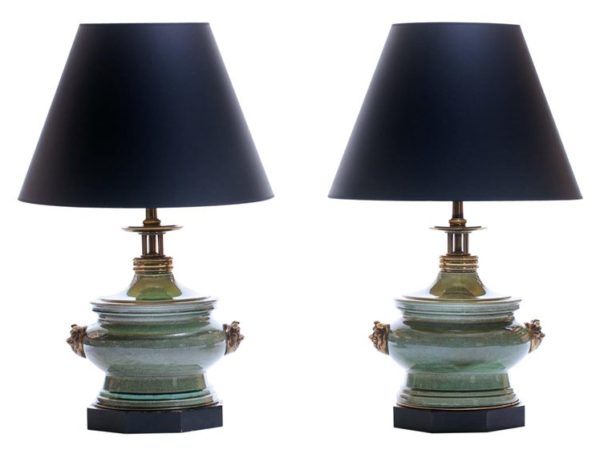
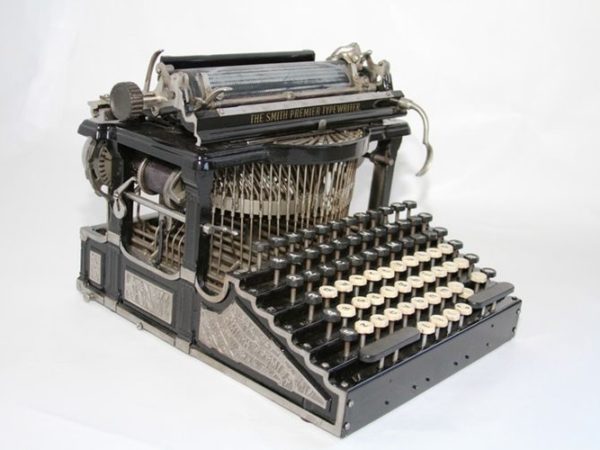
![Vintage Schwinn Bikes: [Types, Identification, and Values]](https://www.txantiquemall.com/wp-content/uploads/2022/05/5.-Schwinn-1967-Ramshorn-Fastback-Stingray-Sky-Blue-vtg-600x450.jpg)
